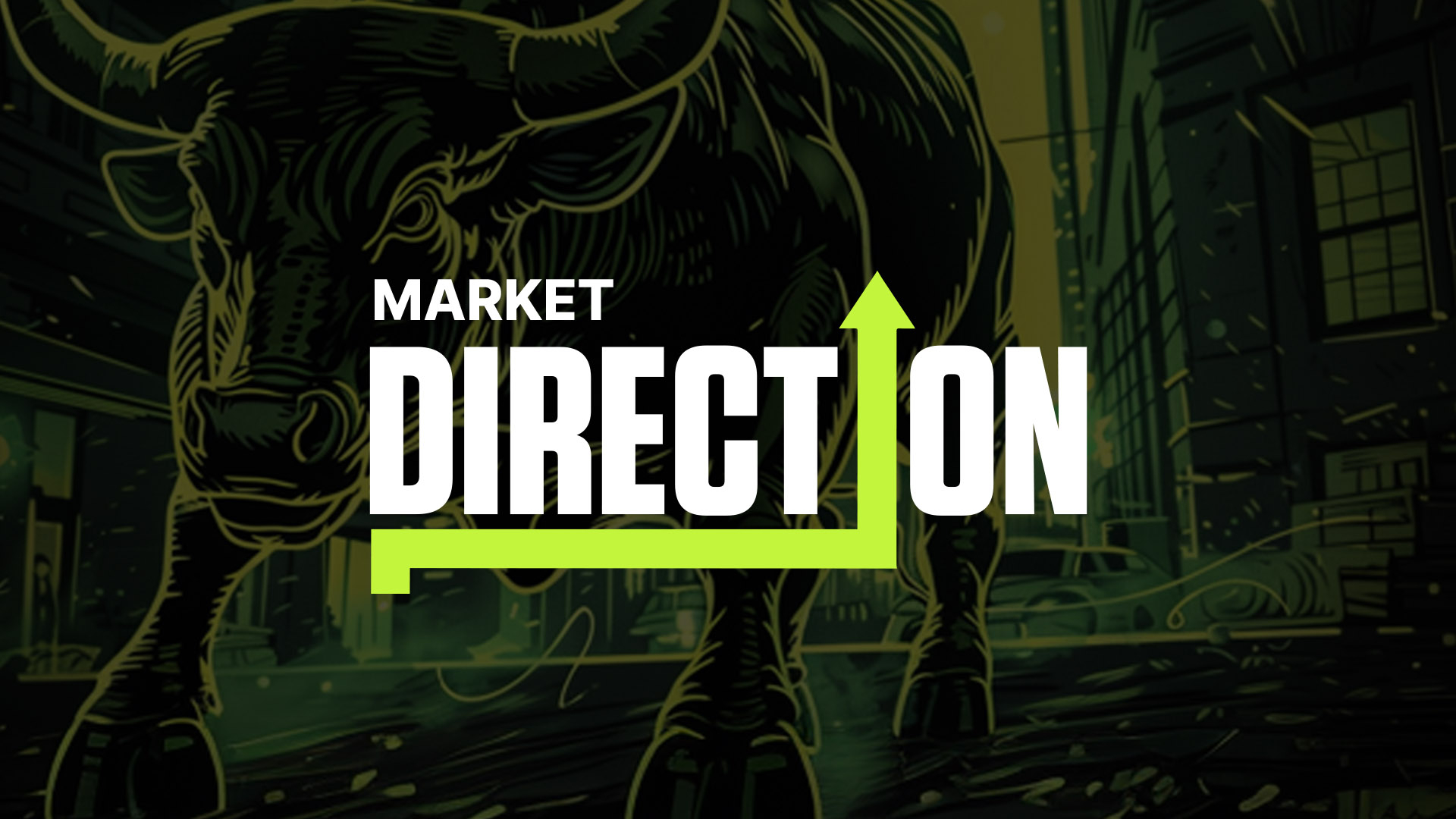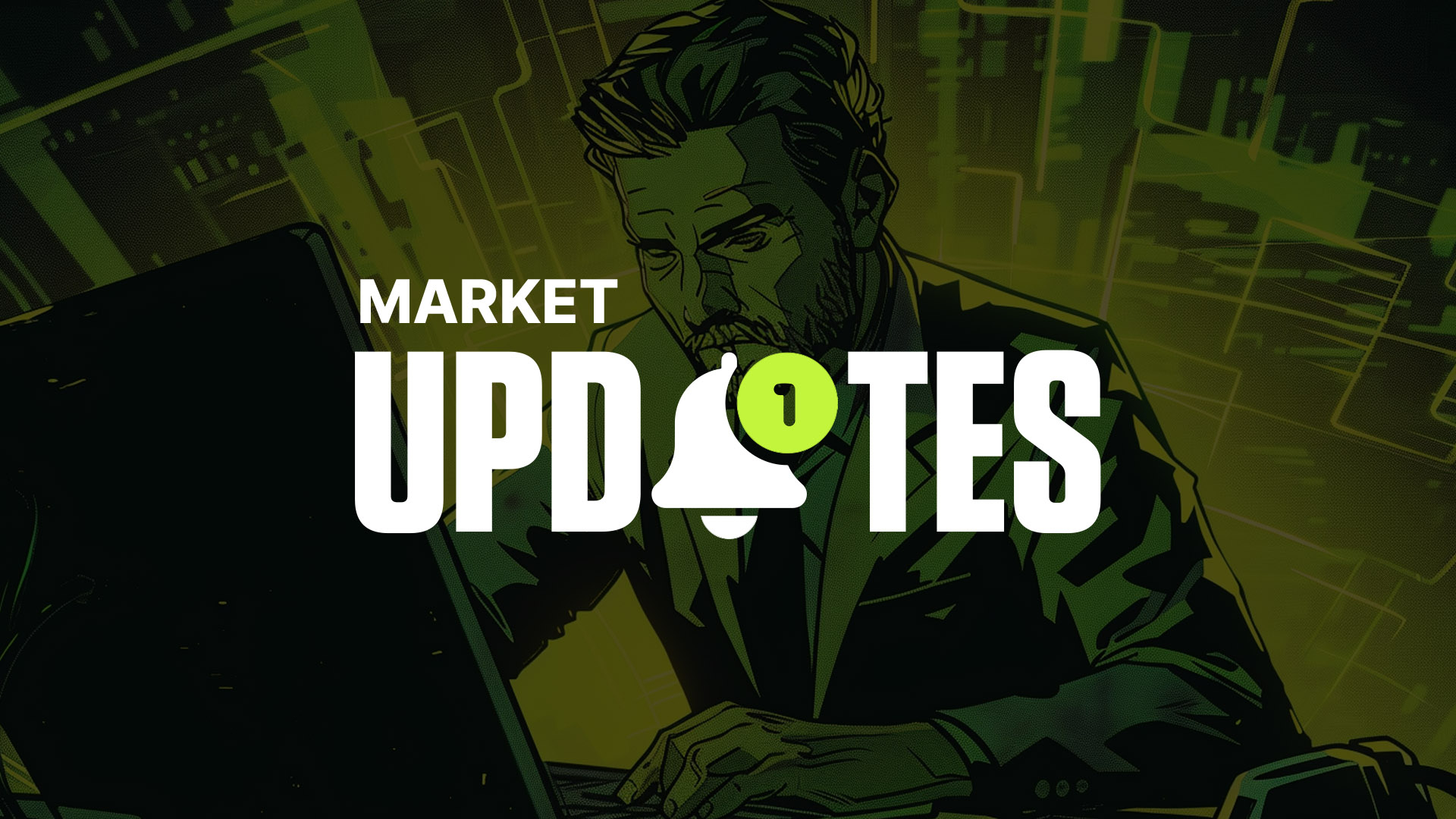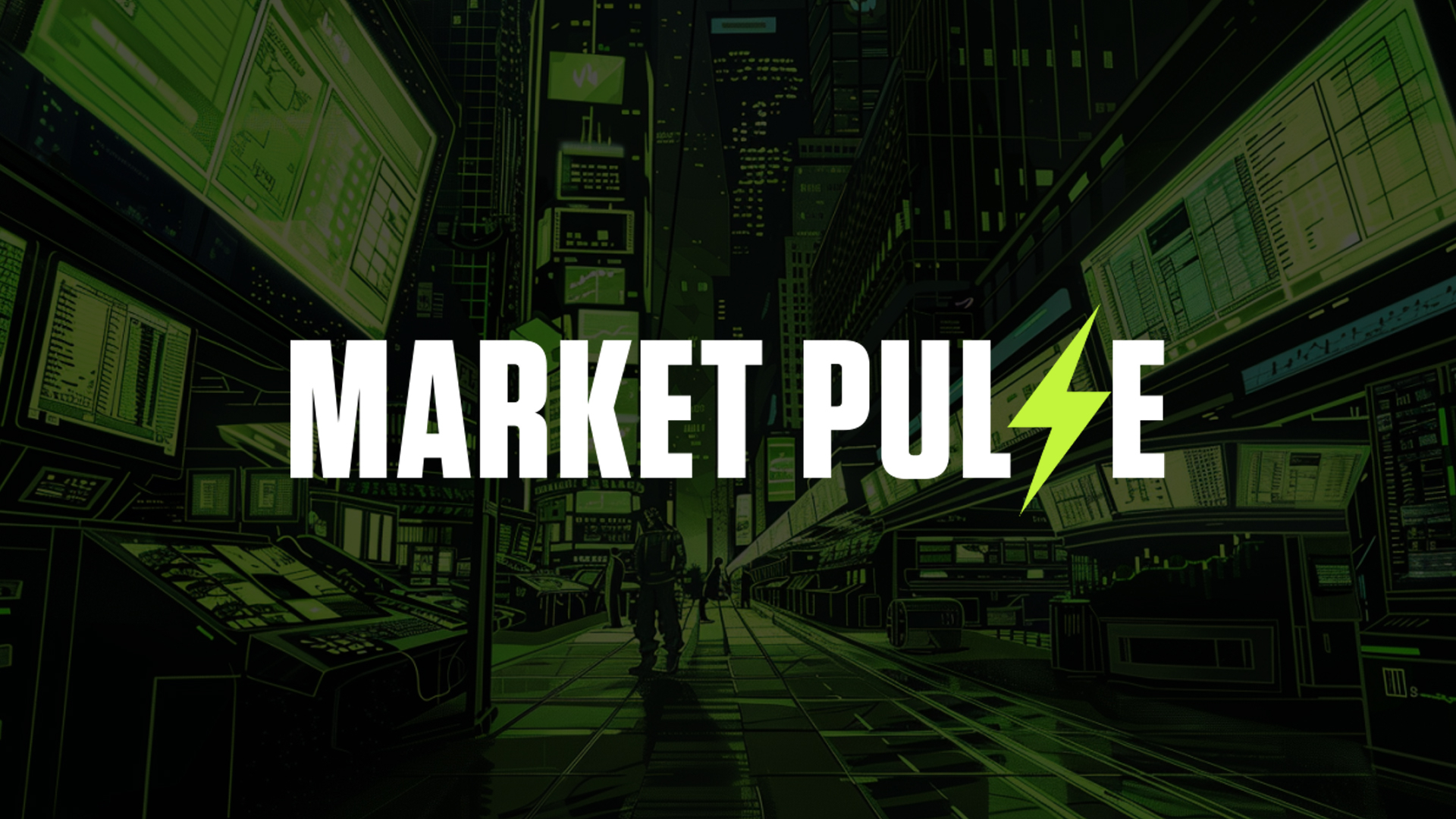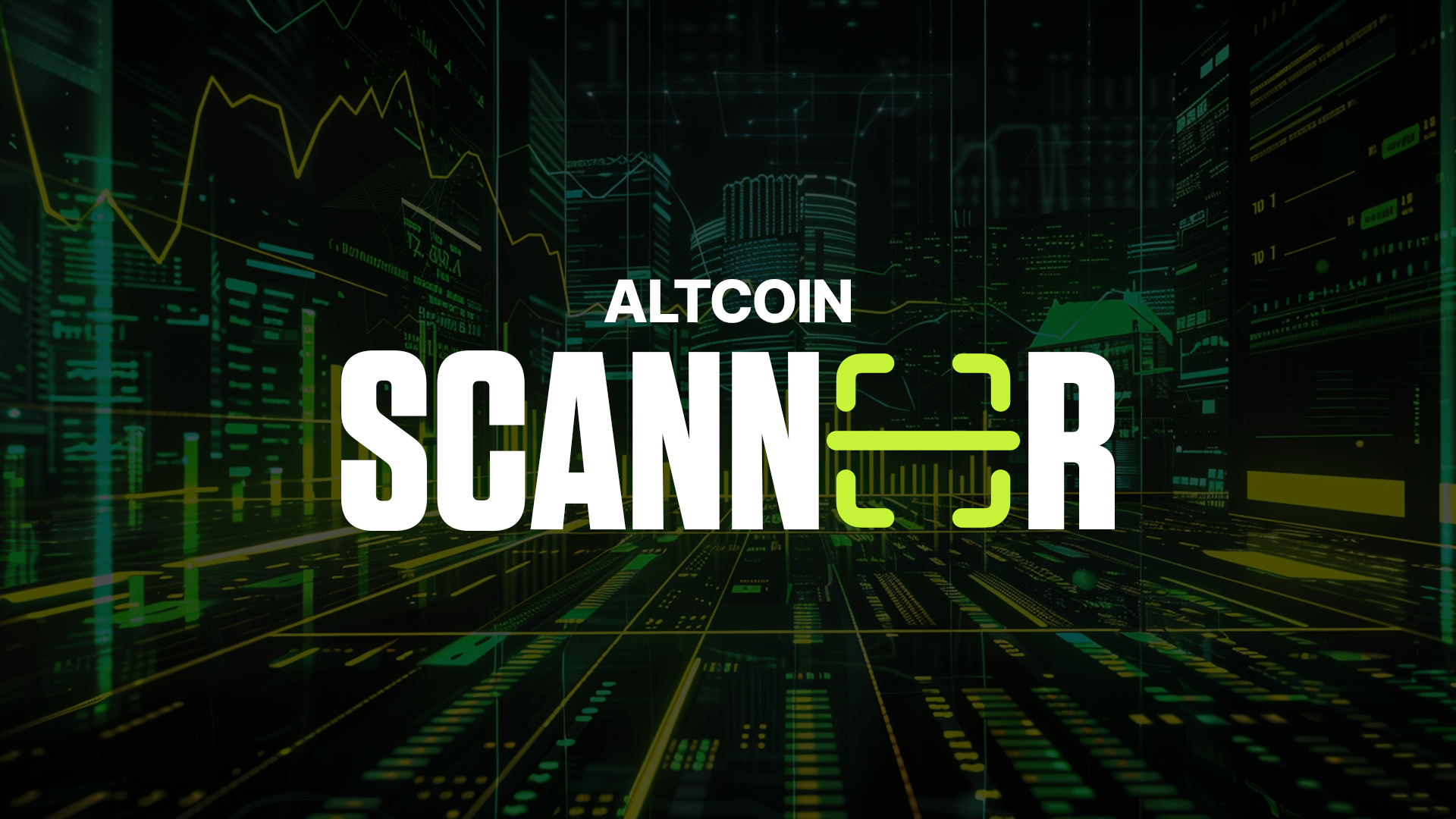Tokenomics 6: How to evaluate a project in practice
In this series, we’ve looked at some of the tokenomic factors you need to know about, including supply, allocation/distribution, inflation, and utility. Lets learn how to evaluate a project in practice.
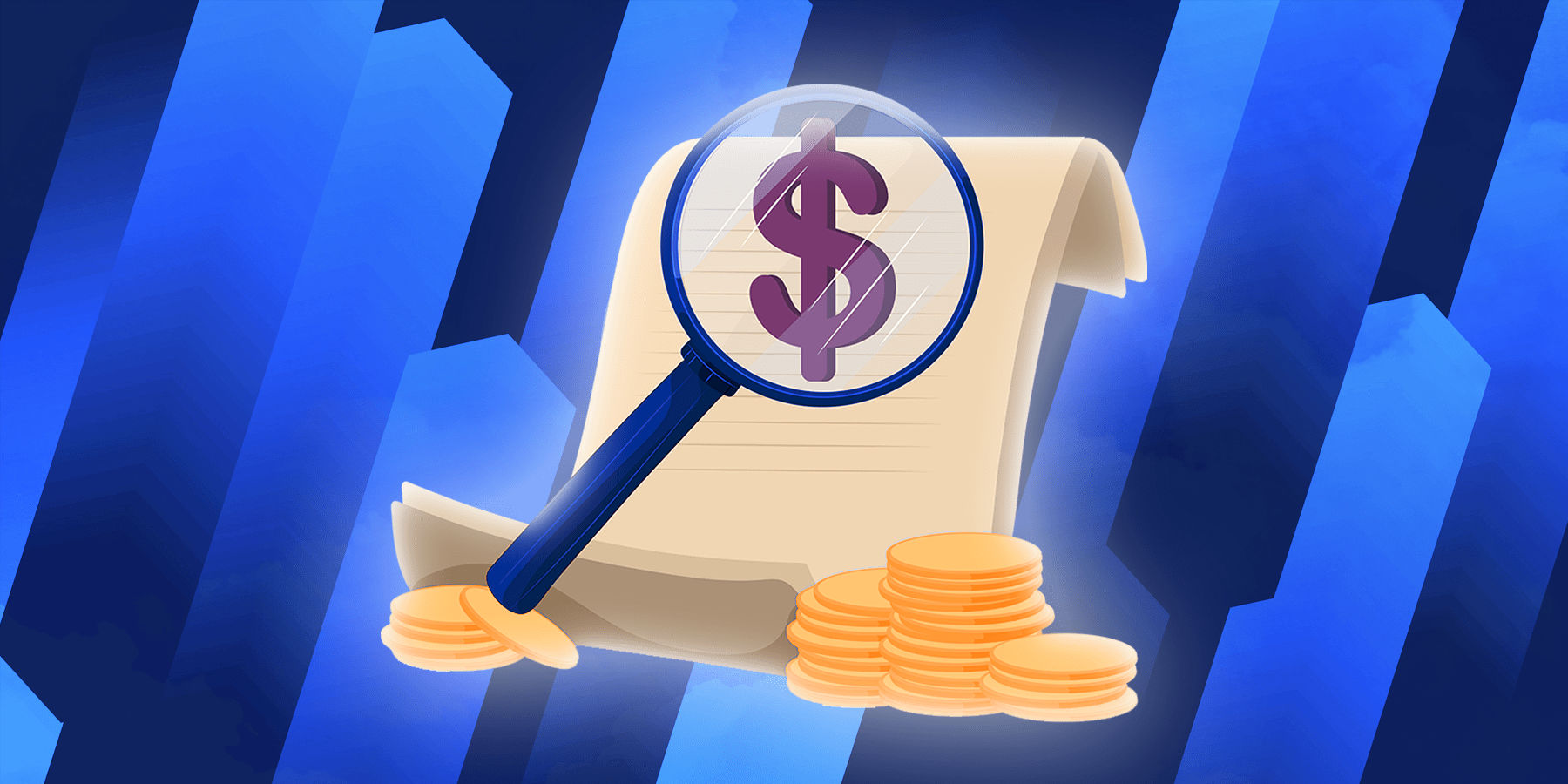
This useful checklist and list of resources will help you to put what you’ve learned into practice- when researching a token, try to answer the following questions.
1. Supply:
When looking at a crypto’s supply, it is vital we consider how the supply will change over time, as this is a determining factor as to whether the token will hold, increase or decrease in value over time- read more.Circulating supply:
The circulating supply is the number of tokens that have been issued so far (the number of tokens currently in the market).- How many tokens exist right now? (What is the circulating supply?)
Maximum supply:
Note that for some tokens, there is no set maximum supply. When we compare the circulating supply with the maximum supply, it tells us how many more are going to be released, which is vital when considering the potential value of a protocol in the future. If the circulating supply is low, but the maximum supply is high, that’s a red flag as it could cause the value of your tokens to be diluted.- How many will ever exist in the future? (Is there a maximum supply?)
- How does the maximum supply compare to the circulating supply?
- How will the supply change over time? (Distribution schedule, covered later)
- How will supply changes affect the token price?
Looking at the other side of this, if you think a project is only likely to grow by 50% in a year, and the circulating supply will increase by 40%, that would be a much worse investment than the example above.
Market cap:
Market cap is the total dollar value of all coins in circulation. A crypto’s market cap is calculated by multiplying the circulating supply by the token’s price. The market cap of a crypto is far more important than the token’s $ price, as the price doesn’t actually tell you what a project is valued at. It offers an indication of how valuable a crypto is, as well as its growth potential.- What is the crypto’s market cap?
- Is it a relatively small or large market cap in comparison to what it is worth, including growth prospects?
Fully diluted valuation:
The fully diluted value (FDV) is the theoretical market cap of the crypto, if all tokens were in circulation. This is calculated by multiplying the crypto’s current price by the maximum supply of tokens.Note how the token’s market cap compares to the fully diluted value. If there is a significant difference between a token’s market cap and fully diluted value, it means there are still a large number of tokens waiting to be released into the market, which could be a red flag.
- What would the theoretical market cap be if all tokens were in circulation?
- Is there a significant difference between the token’s market cap and its fully diluted valuation? (Is there still a large amount of tokens to enter the market?)
- If there is, is this likely to cause issues?
- How are the remaining tokens going to be released, and when? See distribution below…
Resources:
- Coingecko & CoinMarketCap (useful resource for checking a crypto’s supply, trading volume, market cap, fully diluted value, price, and where you can buy it),
- Projects websites & documents - these should have sections for tokenomics.
- Block Explorers e.g Etherscan, BSCscan, SOLscan, and Arbiscan- for others, simply search the blockchains name and “block explorer”. These are useful to see the distribution of tokens and the maximum supply, holders, price and fully diluted value. Find the token address on the project docs or Coingecko and Coinmarketcap and search it in the relevant block explorer.
2. Distribution
The rate of the release of a token, as well as where and to who it is distributed, affects its value and reputation- read more.Note if a few investors, or team members, hold a large amount of the tokens, as this adds a high potential risk. They could have excessive influence over governance or manipulate the token’s price by pumping and dumping to suit them.
A good distribution design is when no individual or group holds a large percentage of tokens. Instead, it should be distributed among many, with a focus on community allocation. The distribution of tokens to the community incentivizes users to follow the protocol.
Note how many tokens are available to both private and public investors. Find out which wallets are holding large amounts of the tokens, and if they could be sold if the price were to rise dramatically.
Remember that the rate at which tokens are distributed also matters, so consider the Fully Diluted Value or FDV (the crypto’s theoretical market cap if all tokens were in circulation), as well as the supply and market capitalisation in combination with the distribution. There’s a big difference between a token whose supply is growing by 5X in 5 months and one that’s growing by 5X over 5 years.
Tokens may also be locked up for a period of time, during which they cannot be transacted or traded. This refers to the ‘vesting schedule.’ A good vesting schedule helps to increase the confidence of token holders as it means that the market won’t be overwhelmed by a mass release of tokens allocated to the team or private investors.
- Who gets how many tokens at launch?
- How were tokens distributed (fair launch, pre-mine, ICO, IEO etc)?
- How many tokens are allocated to team members?
- How fair does the distribution seem?
- Do a few wallets hold most of the tokens?
- How much of the supply can the community get hold of?
- How and when will new tokens be released?
- When will locked-up tokens be released? (What is the vesting schedule?) Will a lot of locked-up tokens be released at once?
- When are private investors unlocking?
Resources:
Check the project documents (tokenomics section) and information you can find through Google searches (be wary and cross-check sources).3. Inflationary or deflationary?
Crypto is either inflationary or deflationary.Inflation can reduce the value of tokens over time, but, if done right, can add huge value by attracting interest and liquidity, turbocharging growth.
Deflation can increase the value of tokens over time, as there are fewer tokens, each one is worth more This is why deflationary tokens can be so valuable. However, it does also add risk factors, as it is very complex to get right, and if done wrong, could ruin a protocol, we must consider how, why, and when those tokens are being burnt- read more.
- Is the token inflationary or deflationary?
- What is the inflation rate, and where are the emissions (new tokens) going?
- Is the inflation rate due to reduce over time? This could mean the protocol is effectively bootstrapping liquidity in the early stages.
- Are there plans for it to be deflationary? If so, what are they and how will it work?
- Are there plans to stop emissions at a set point? What will happen after that? Will there be incentives for people to continue using the platform?
Resources:
Project documents and google searches, plus checking places like Duna Analytics4. Utility
Utility is often also referred to as the use-case of the token. When looking at utility, consider the question: Why would you hold this token? The answer may be revenue sharing, staking, governance etc- read more.A token needs to have a good purpose to exist and for people to want to hold it.
Revenue sharing means token holders earn a percentage of the token’s revenue. If a token has built-in rewards and revenue through staking or other forms, it’s easier to justify investing in it.
Governance means token holders have a say in decisions and the project’s direction. Governance tokens enable the distribution of power across an entire community.
Note that ‘utility tokens’ and ‘token utility’ are not the same thing. Token utility is the umbrella term for what a token does, a utility token is one of those use cases. Utility tokens can be good investments as long as they have clearly valuable utility.
- What is the token’s purpose?
- What is its utility? What does it do?
- Is it a utility token?
- Is it governance (meaning is it used to decide what happens to the protocol)?
- Is it revenue sharing?
- What gives this token value as an investment?
- Does the token have built-in rewards?
Resources:
Project documents.Things to note
Rug pulls
Another thing to be aware of is rug pulls. A rug pull is a type of crypto scam where developers pretend they are building something, then abandon the project, sell their tokens and run away.Often rug pulls may not even be intentionally malicious, just overly eager developers and teams that believe they can do more than they can, resulting in a ‘slow rug’ (when the team communicates less and less, until eventually, they abandon the project.) Note that rug pulls are especially prevalent in NFTs.
A token may be considered “unruggable" if there aren’t a considerable amount of team-held tokens that could be taken out in a rug pull, or if the team renounces ownership of tokens.
Disclaimer: NOT FINANCIAL NOR INVESTMENT ADVICE. Only you are responsible for any capital-related decisions you make, and only you are accountable for the results.
100% Success Money Back Guarantee
If our approach doesn’t outperform the overall crypto market during your subscription, we’ll give you a full refund of your membership. No questions asked. For quarterly and monthly subscribers this is applicable once your subscription runs for 6 consecutive months.
Take your next step towards crypto success
$799/year
Get everything you need to actively manage your portfolio and stay ahead. Ideal for investors seeking regular guidance and access to tools that help make informed decisions.
For your security, all orders are processed on a secured server.
What’s included in Pro:
Success Guarantee, if we don’t outperform the market, you get 100% back, no questions asked
24/7 access to experts with 50+ years’ experience
All of our top token picks for 2025
Our latest memecoins pick with 50X potential
On hand technical analysis on any token of your choice
Weekly livestreams & ask us anything with the team
Daily insights on Macro, Mechanics, and On-chain
Curated list of top upcoming airdrops (free money)
Our track record speaks for itself
With over 2.4M tokens and widespread misinformation in crypto, we cut
through the noise and consistently find winning assets.
Frequently Asked Questions
Can I trust Cryptonary's calls?
Yes. We've consistently identified winners across multiple cycles. Bitcoin under $1,000, Ethereum under $70, Solana under $10, WIF from $0.003 to $5, PopCat from $0.004 to $2, SPX blasting past $1.70, and our latest pick has already 200X'd since June 2025. Everything is timestamped and public record.
Do I need to be an experienced trader or investor to benefit?
No. When we founded Cryptonary in 2017 the market was new to everyone. We intentionally created content that was easy to understand and actionable. That foundational principle is the crux of Cryptonary. Taking complex ideas and opportunities and presenting them in a way a 10 year old could understand.
What makes Cryptonary different from free crypto content on YouTube or Twitter?
Signal vs noise. We filter out 99.9% of garbage projects, provide data backed analysis, and have a proven track record of finding winners. Not to mention since Cryptonary's inception in 2017 we have never taken investment, sponsorship or partnership. Compare this to pretty much everyone else, no track record, and a long list of partnerships that cloud judgements.
Why is there no trial or refund policy?
We share highly sensitive, time-critical research. Once it's out, it can't be "returned." That's why membership is annual only. Crypto success takes time and commitment. If someone is not willing to invest 12 months into their future, there is no place for them at Cryptonary.
Do I get direct access to the Cryptonary team?
Yes. You will have 24/7 to the team that bought you BTC at $1,000, ETH at $70, and SOL at $10. Through our community chats, live Q&As, and member only channels, you can ask questions and interact directly with the team. Our team has over 50 years of combined experience which you can tap into every single day.
How often is content updated?
Daily. We provide real-time updates, weekly reports, emergency alerts, and live Q&As when the markets move fast. In crypto, the market moves fast, in Cryptonary, we move faster.
How does the success guarantee work?
If our approach to the market doesn’t beat the overall crypto market during your subscription, we’ll give you a full refund of your membership fee. No questions asked. For quarterly and monthly subscribers this is applicable once your subscription runs for 6 consecutive months.














